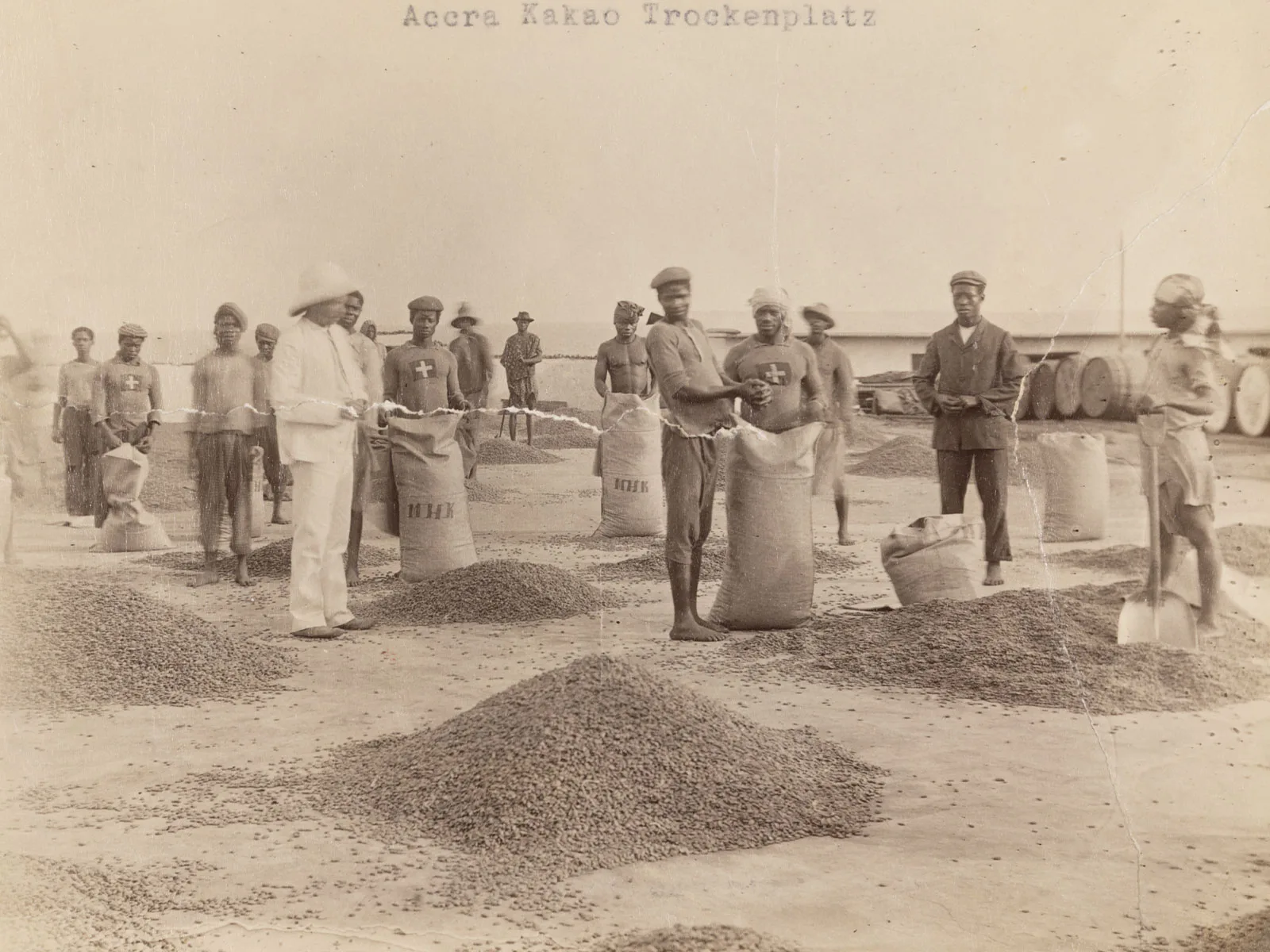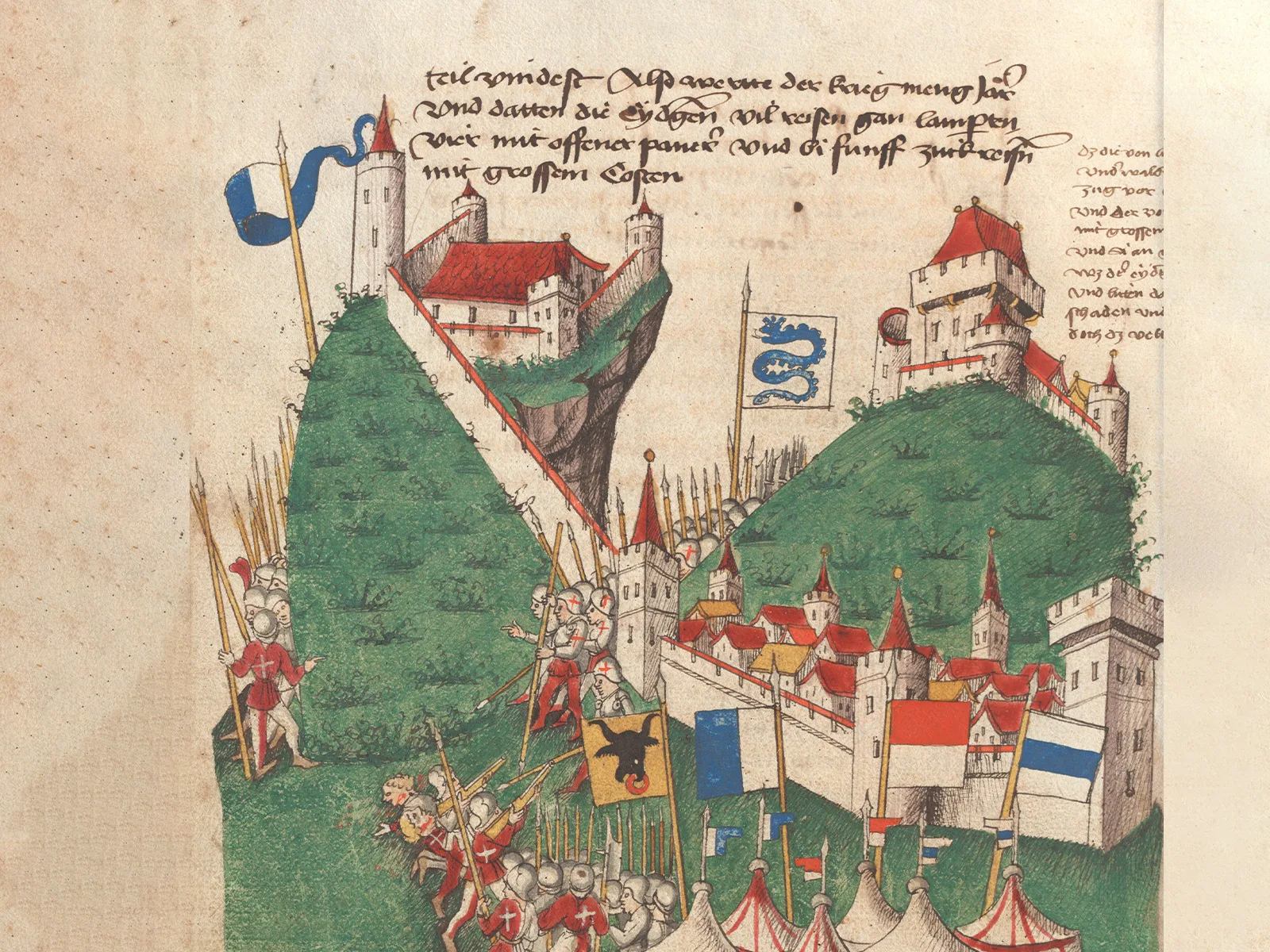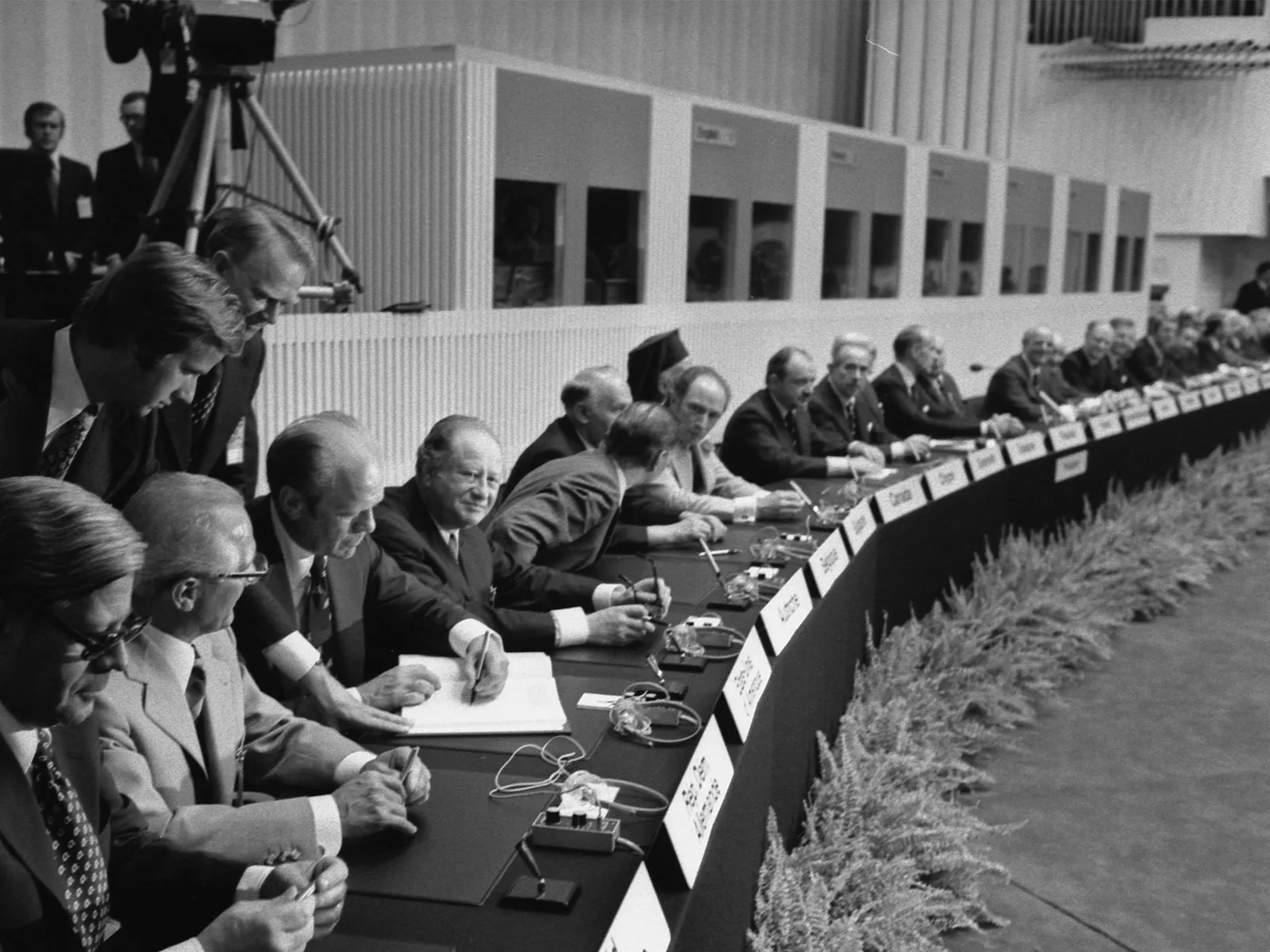
1 August 1975 – from Bern to Helsinki
Back in 1975, on Swiss National Day of all days, Switzerland’s president Pierre Graber signed the Helsinki Final Act (also known as the Helsinki Accords), concluding the Conference on Security and Cooperation in Europe in the Finnish capital. It marked an easing of tensions in the midst of the Cold War.

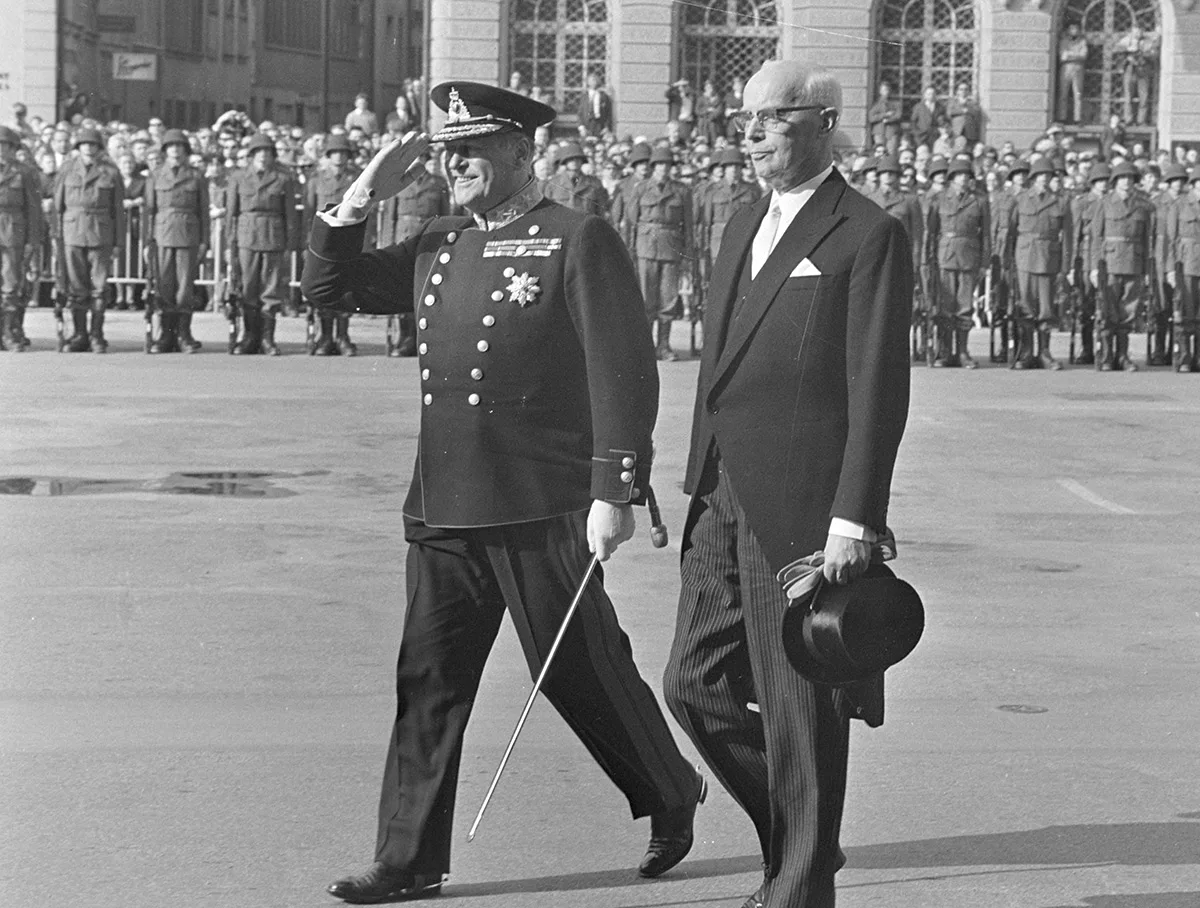
Six months to put together a conference agenda
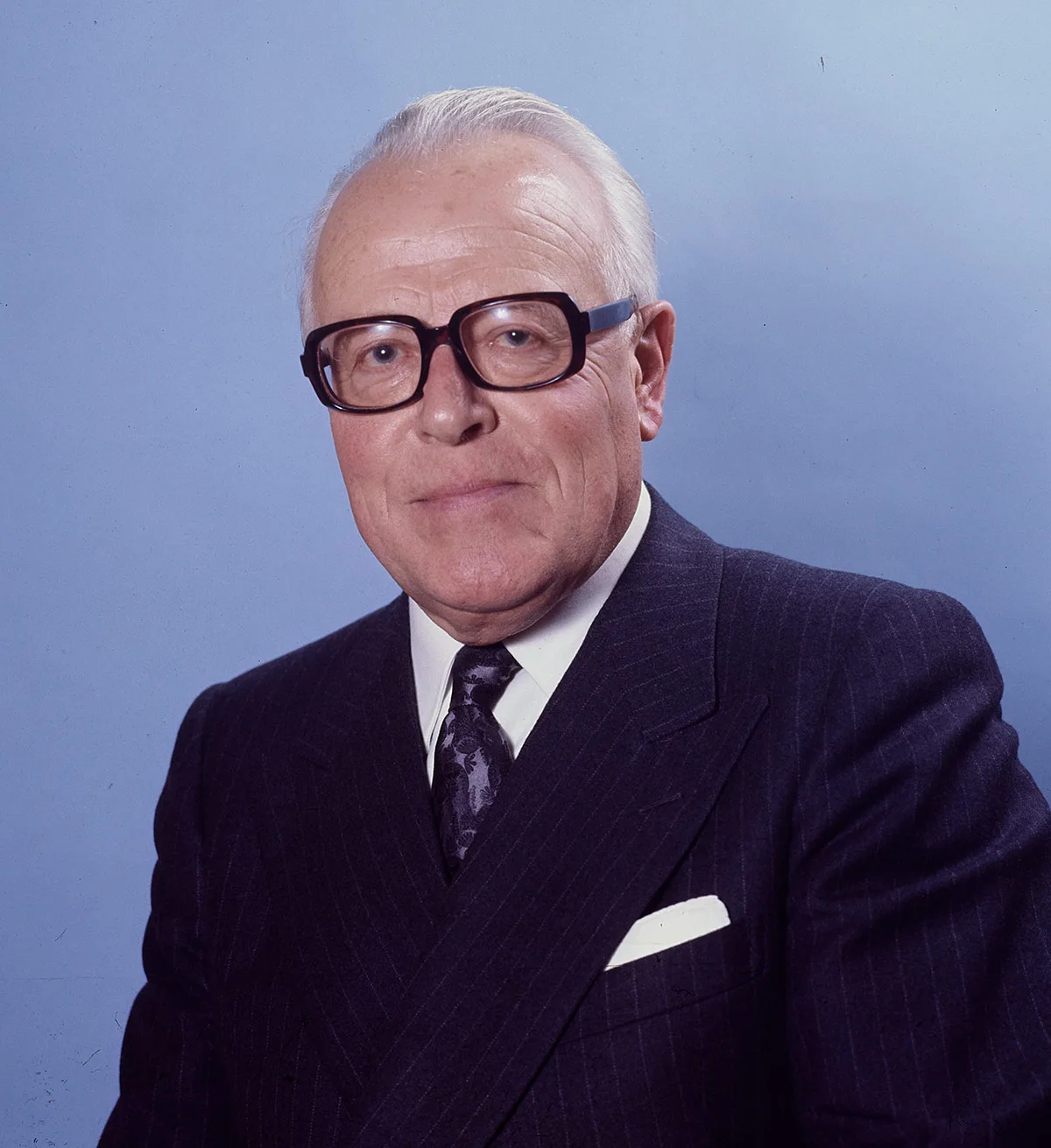
Swiss influence on negotiations
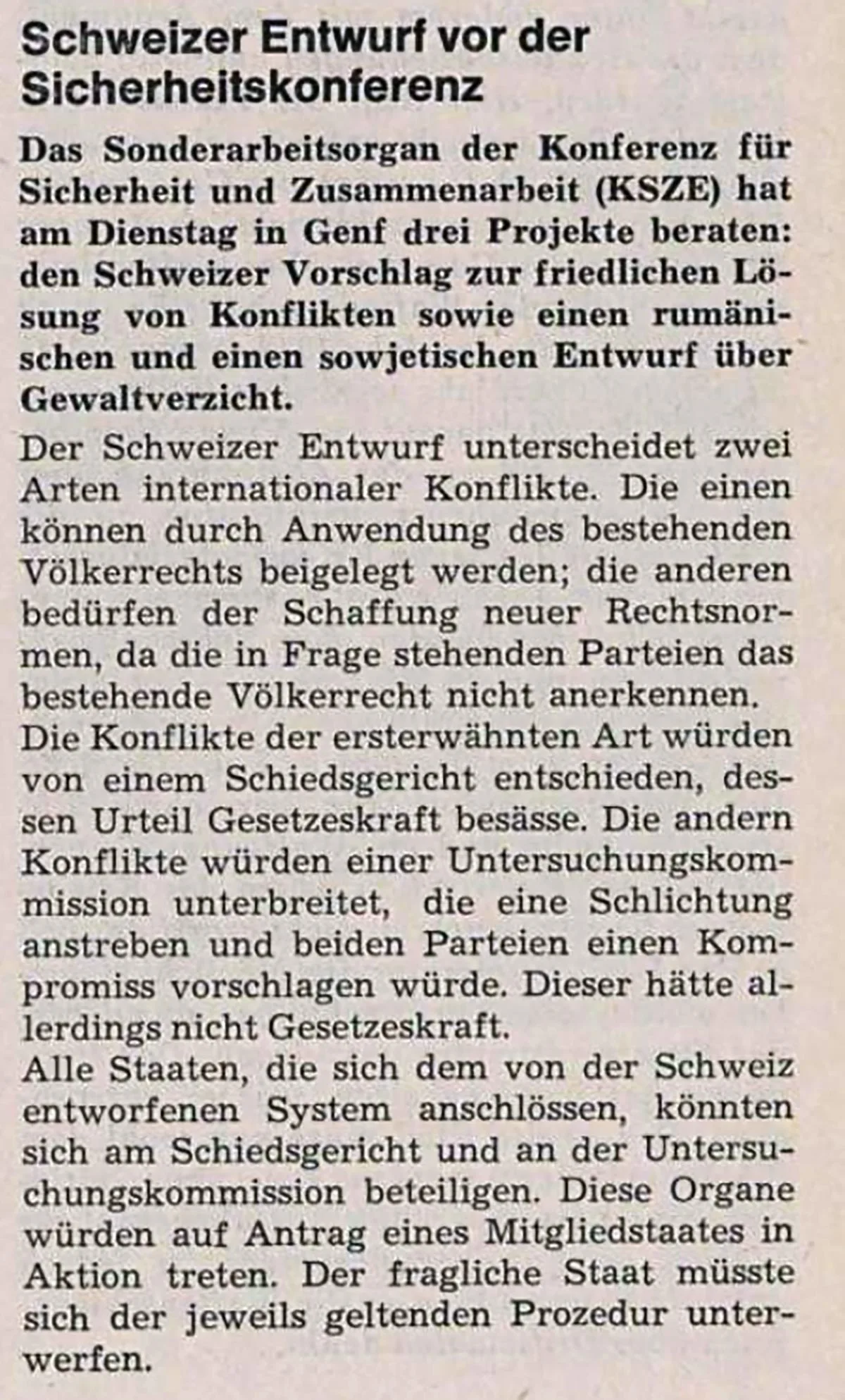

Joint research

This text is the product of collaboration between the Swiss National Museum and the Diplomatic Documents of Switzerland (Dodis) research centre. Inspired by the 50th anniversary of the CSCE Helsinki Final Act and Switzerland's OSCE Chairmanship in 2026, Dodis is currently conducting research for two publications on the history of the CSCE/OSCE. The documents cited in the text and numerous other files on the subject are available online.

